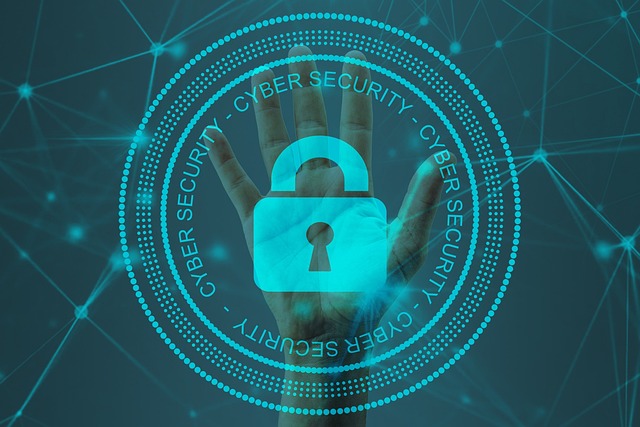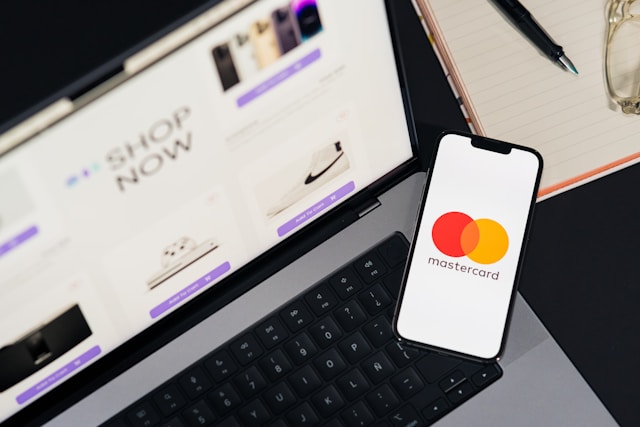Financial privacy is becoming a growing concern in the digital age. With every online transaction, users leave behind a trail of personal and financial data. From shopping websites to subscription services, our spending behavior is constantly being tracked, analyzed, and sometimes shared without clear consent. This makes maintaining privacy both a challenge and a priority.
One potential solution lies in the use of modern tools like zil.us, which allows users to create and manage payment methods without exposing their actual banking information. These virtual tools are quickly gaining popularity among those who prioritize anonymity and control over their personal data.
Each time a traditional debit or credit card is used online, the user’s full name, card number, expiration date, and CVV are submitted. This information can be stored by websites or intercepted during breaches, making it easy for unauthorized parties to trace and misuse it. Virtual cards help reduce this risk by acting as a protective layer between the user and the vendor.
Instead of reusing the same card across multiple platforms, a virtual card can be generated for one-time use or restricted to a specific merchant. Even if a data breach occurs, the card details are either expired or limited in functionality, significantly reducing the chances of long-term exposure or fraud.

Financial privacy isn’t just about preventing fraud. It’s also about limiting how much information companies can gather about your shopping habits, location, and preferences. Many websites build detailed profiles of their users through transaction data, which is then used for targeted ads or even sold to third-party data brokers.
How Data Trails Are Created
When a traditional card is used, the issuing bank, payment processor, and merchant all gain access to specific details. Combined with browser cookies, IP addresses, and account profiles, this creates a highly traceable online identity. The more frequently the same card is used, the easier it becomes to build and connect that profile to your real-world identity.
Tools That Help Maintain Privacy
Using a virtual card helps break this pattern. Since you can create multiple cards for different purposes, there’s less data reuse. This makes it harder to connect spending behavior to a single profile. Additionally, since billing details don’t need to match your actual card, there’s a layer of anonymity built into each transaction.
- Transaction Isolation: Keep purchases from different sites completely separate.
- Limited Reuse: Cards expire or become inactive after short use.
- Minimal Exposure: Real banking data remains hidden at all times.
Additional Benefits for Sensitive Use Cases
Virtual cards are especially valuable for individuals who engage in sensitive spending, such as journalists, activists, or anyone managing multiple financial identities for professional or privacy reasons. They offer a clean, compartmentalized way to handle transactions without exposing full financial details.

Beyond privacy, these cards also provide better spending control. Users can manage budgets more efficiently, receive alerts, and instantly disable any card that shows suspicious activity. With customizable options and strong security layers, virtual cards aren’t just convenient—they’re essential in an age where digital privacy is under constant threat.
- Easy Deactivation: Instantly block a card if needed without canceling your main account.
- Merchant-Specific Use: Limit access to only the intended recipient.
- Budget Management: Assign caps and limits on spending per card.
In today’s interconnected financial world, protecting your privacy requires proactive steps. Virtual cards offer one of the most practical and accessible solutions for maintaining control over your financial footprint—without sacrificing ease of use.




